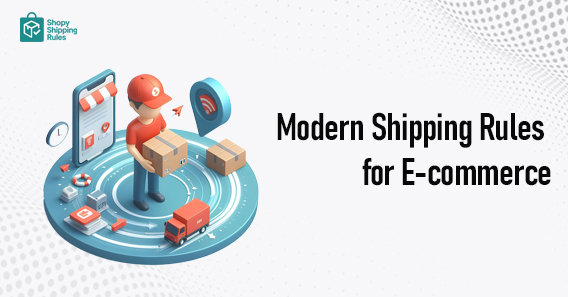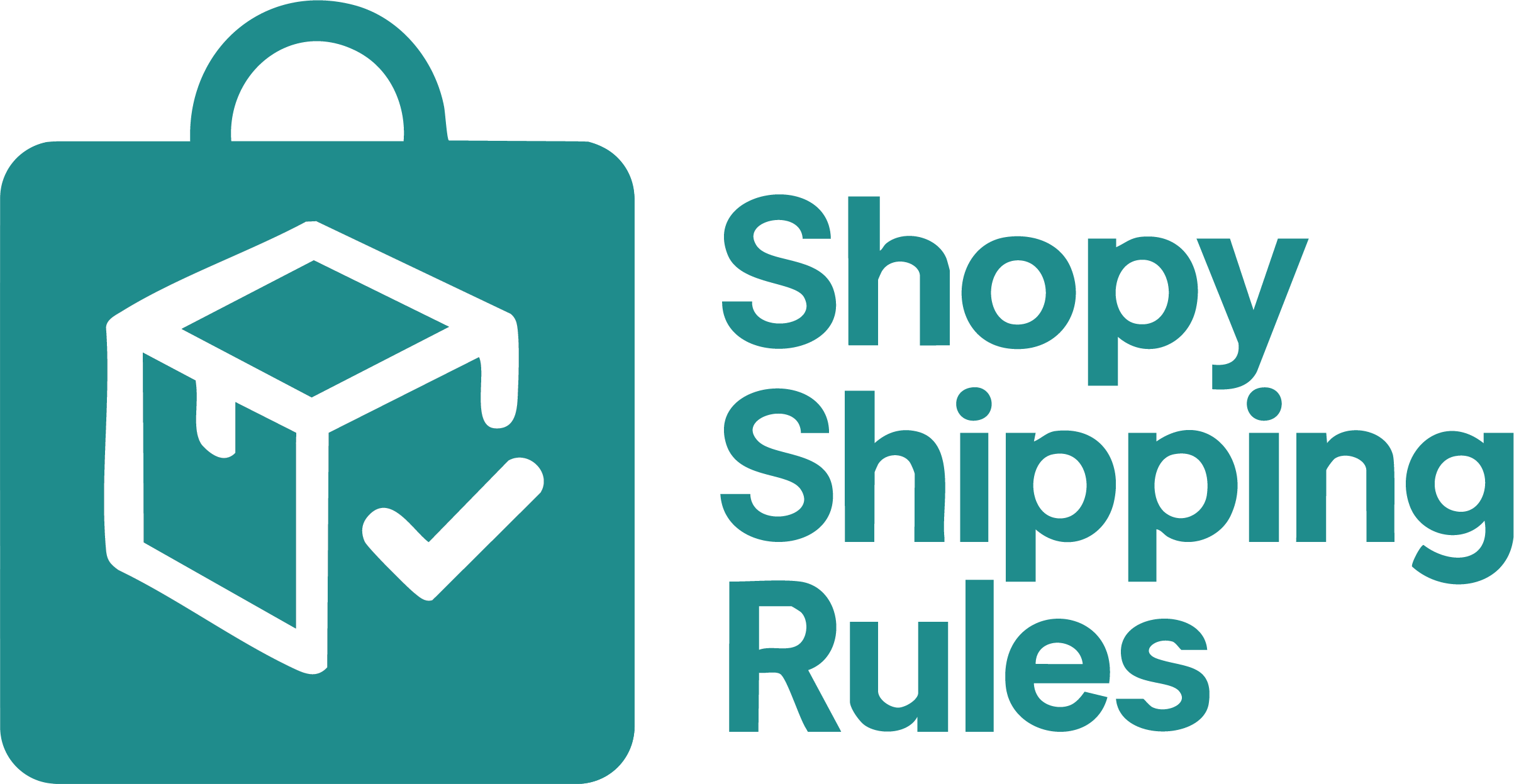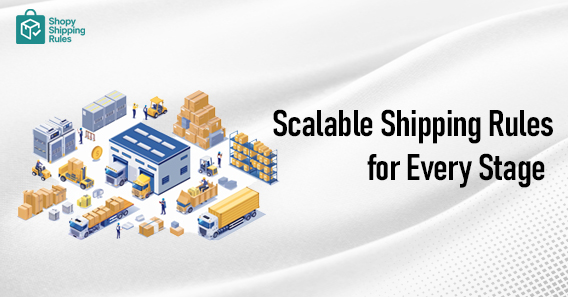Shipping Guides
6 months ago
The Ultimate Guide to Modern Shipping Rules for E-commerce

READY TO GET STARTED?
Join us, 10+ businesses transforming their user experience with Shopy Shipping Rules.
Choose Plan- Set up in minutes—no coding required.
- 24/7 support to help you every step of the way.
- Boost accuracy and speed at checkout from day one.

